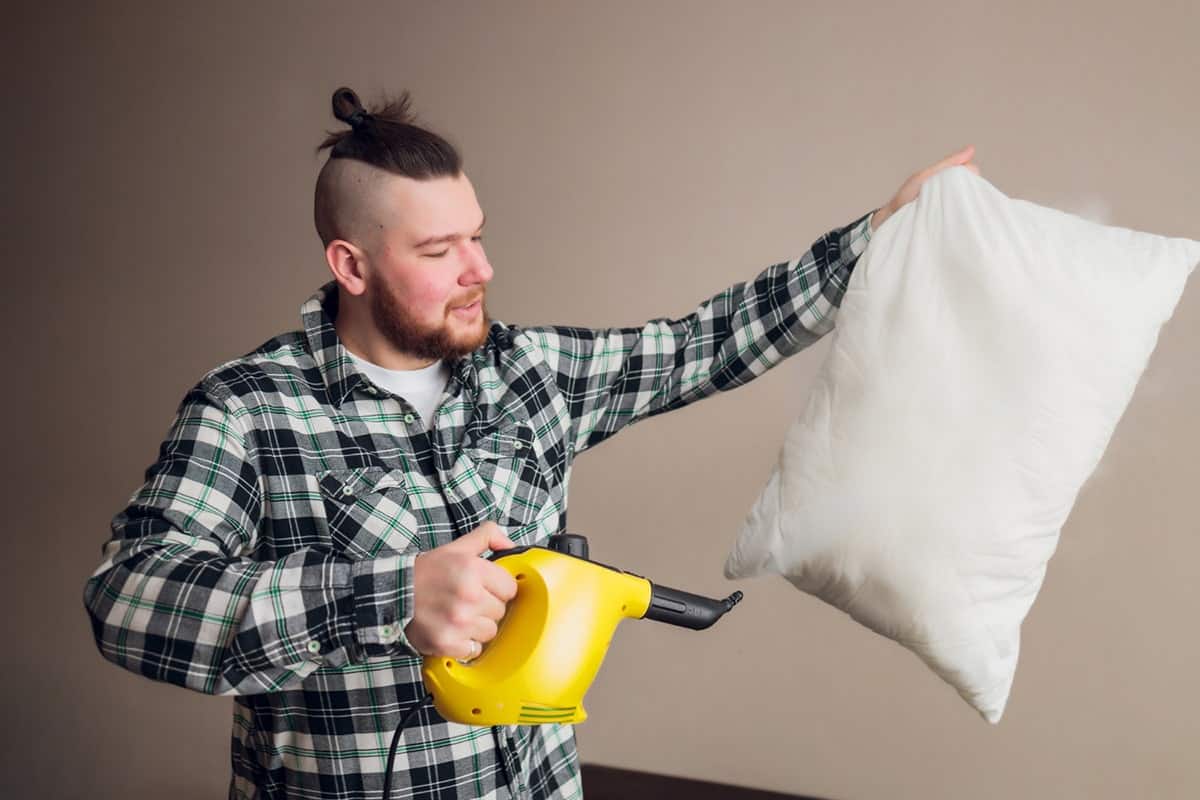

Articles
How To Sanitize Pillows
Modified: January 18, 2024
Learn effective methods for sanitizing pillows and keeping them clean. Read our informative articles to discover expert tips and advice on pillow hygiene.
(Many of the links in this article redirect to a specific reviewed product. Your purchase of these products through affiliate links helps to generate commission for Storables.com, at no extra cost. Learn more)
Introduction
Welcome to the ultimate guide on how to sanitize pillows. Pillows are an essential part of our daily lives, providing comfort and support as we rest. However, over time, pillows can accumulate sweat, body oils, dust mites, and other allergens, making them unhygienic. Regular pillow sanitization is crucial not only for maintaining cleanliness but also for promoting better sleep and reducing the risk of allergies or respiratory issues.
In this comprehensive article, we will explore the importance of pillow sanitization and provide detailed instructions on how to clean different types of pillows effectively. We will also discuss alternative methods for sanitizing pillows and offer some helpful maintenance tips to extend their lifespan.
So, if you’re ready to give your pillows the TLC they deserve, let’s dive into the world of pillow sanitization and learn how to keep them fresh, clean, and comfortable.
Key Takeaways:
- Regular pillow sanitization is essential to remove allergens, dust mites, and bacteria, ensuring fresh, comfortable, and hygienic pillows for a healthier sleep environment.
- Following proper care instructions, using pillow protectors, and practicing good maintenance habits can extend the lifespan of pillows, contributing to a restful and rejuvenating sleep experience.
Why is Pillow Sanitization Important?
Pillow sanitization is vital for several reasons. First and foremost, our pillows come into contact with our faces, hair, and bodies every night. They absorb sweat, oils, and dead skin cells, creating the perfect breeding ground for dust mites and bacteria. By regularly sanitizing our pillows, we can eliminate these allergens and prevent them from affecting our health.
Dust mites are microscopic creatures that thrive in warm, humid environments. They feed on dead skin cells and can trigger allergies or asthma symptoms in susceptible individuals. Regular pillow sanitization helps to reduce dust mite populations and alleviate these health issues.
In addition to dust mites, pillows can also harbor bacteria and fungi. These microorganisms can cause unpleasant odors and potentially lead to skin infections or respiratory problems. Keeping our pillows clean and sanitary is essential to create a hygienic sleeping environment.
Furthermore, pillow sanitization can help to extend the lifespan of our pillows. By removing dirt, stains, and allergens, we can prevent the deterioration of the fabric or filling material. This can ultimately save us money in the long run by reducing the need for frequent pillow replacements.
Lastly, maintaining clean and fresh pillows contributes to overall sleep quality and comfort. A pillow that is dirty or has an unpleasant odor can disrupt sleep and affect our well-being. By regularly sanitizing our pillows, we can ensure a healthier and more restful sleep environment.
Now that we understand the importance of pillow sanitization, let’s explore the different types of pillows and the best practices for cleaning each one.
Types of Pillows
Pillows come in various shapes, sizes, and materials, each with its unique characteristics and requirements for sanitization. Understanding the type of pillow you have is essential to ensure you clean it in the most effective and appropriate way. Here are some common types of pillows:
- Down or Feather Pillows: These pillows are filled with either down feathers or a combination of down and feathers. They are valued for their softness and ability to conform to the shape of your head and neck. Down or feather pillows require special care as they are more delicate and can lose their loft if not properly cleaned.
- Synthetic Fiber Pillows: These pillows are filled with synthetic materials such as polyester. They are often hypoallergenic and provide good support. Synthetic fiber pillows are typically easier to clean and maintain.
- Memory Foam Pillows: Memory foam pillows are made from viscoelastic foam that conforms to the shape of your head and neck. They offer excellent support and pressure relief. Cleaning memory foam pillows requires a different approach due to their density and sensitivity to moisture.
- Luxury Pillows: Luxury pillows may include materials such as silk, bamboo, or even specialty materials like buckwheat hulls. These pillows often have specific cleaning instructions provided by the manufacturer.
It’s important to check the label or manufacturer’s instructions that come with your pillow to determine the specific material it is made from. This will help you choose the appropriate cleaning method without damaging the pillow’s integrity.
Now that we have a good understanding of the different types of pillows, let’s move on to the step-by-step washing instructions for each type.
Washing Instructions for Pillows
Regularly washing and sanitizing your pillows is essential to maintain their cleanliness and prolong their lifespan. However, different types of pillows require specific care and cleaning methods. Here are step-by-step instructions for washing different types of pillows:
1. Down or Feather Pillows:
- Check the care label on your pillow for any specific instructions or restrictions.
- If the pillow is machine-washable, place it in the washing machine with a mild detergent.
- Set the machine to a gentle or delicate cycle and add a couple of extra rinses to ensure all the detergent is removed.
- For extra protection, you can put the pillow in a pillowcase or a mesh laundry bag.
- After the washing cycle is complete, squeeze out any excess water and ensure the pillow is thoroughly rinsed.
- Place the pillow in a dryer with a few tennis balls or dryer balls to help fluff and redistribute the filling while drying.
- Use a low heat setting or an air-dry option to prevent damage to the feathers or down.
- Make sure the pillow is completely dry before using or storing it.
Read more: How To Sanitize Pillows After COVID-19
2. Synthetic Fiber Pillows:
- Check the care label for any specific instructions.
- Most synthetic fiber pillows can be machine-washed.
- Place the pillow in the washing machine with a mild detergent.
- Set the machine to a gentle cycle and add extra rinses.
- After washing, tumble dry the pillow on a low heat setting or air-dry it.
- Ensure the pillow is completely dry before using it.
3. Memory Foam Pillows:
- Memory foam pillows are often not machine washable.
- Check the care label or manufacturer’s instructions for specific guidance.
- In most cases, spot cleaning is the best option for memory foam pillows.
- Fill a basin or sink with warm water and a mild detergent.
- Dip a clean cloth or sponge into the soapy water and gently clean the surface of the pillow.
- Rinse the cloth or sponge thoroughly and wipe away any soap residue.
- Allow the pillow to air dry completely before using it.
It’s always recommended to double-check the care instructions provided by the manufacturer before washing your pillows. Be cautious with delicate materials or specialty pillows, as they may require specific cleaning methods or professional care.
Now that you know how to wash different types of pillows, let’s proceed to the next step: drying them.
Hand Washing Pillows
If machine washing is not recommended or if you prefer a more hands-on approach, you can choose to hand wash your pillows. Here are step-by-step instructions for hand washing pillows:
- Fill a basin or sink with warm water and add a small amount of mild detergent.
- Submerge the pillow in the soapy water and gently knead or squeeze it to distribute the detergent.
- Pay special attention to any stained or soiled areas, gently rubbing them with your fingers.
- After thoroughly cleaning the pillow, drain the soapy water and refill the basin or sink with clean water for rinsing.
- Submerge the pillow in the clean water and gently squeeze or knead it to remove any excess soap.
- Repeat the rinsing process if necessary to ensure all detergent has been removed.
- Once the pillow is rinsed, gently squeeze out as much water as possible without twisting or wringing it.
- Next, place the pillow on a clean towel and roll it up to press out any remaining moisture.
- Unroll the towel and transfer the pillow to a flat surface or drying rack.
- Allow the pillow to air dry completely, preferably in a well-ventilated area with good air circulation.
- Ensure that both sides of the pillow are fully dry before using or storing it.
It’s important to note that hand washing may not be suitable for all types of pillows. Some pillows, such as memory foam or specialty materials, may not react well to excessive moisture. Always check the care label or manufacturer’s instructions before attempting to hand wash your pillows.
Now that you know how to hand wash your pillows, let’s move on to machine washing instructions.
Machine Washing Pillows
Machine washing pillows can be a convenient and effective way to sanitize them. However, it’s essential to follow proper guidelines to prevent damage to the pillows or the washing machine. Here are step-by-step instructions for machine washing pillows:
- Check the care label or manufacturer’s instructions to ensure that machine washing is recommended for your specific pillow.
- Before placing the pillow in the washing machine, remove any pillowcases or covers and check for any rips or tears.
- If the pillow has a protective cover or a case that can be machine-washed, include it in the load.
- Place one or two pillows in the washing machine to maintain balance during the wash cycle. Avoid overcrowding to ensure proper cleaning.
- Add a small amount of mild detergent to the washing machine. Avoid using excessive amounts, as it can be challenging to rinse out completely.
- Select a gentle or delicate cycle with a cold or warm water setting, depending on the care label instructions.
- To ensure thorough cleaning and rinsing, add an extra rinse cycle if available.
- Once the washing cycle is complete, remove the pillows from the machine.
- Thoroughly check for any soap residue by sniffing or running your hands through the pillows.
- If there is still foam or detergent residue, run the pillows through an additional rinse cycle.
It’s crucial to note that not all pillows can be machine-washed. Pillows with delicate materials, such as down or certain specialty pillows, may require alternative cleaning methods. Always refer to the care label or manufacturer’s instructions before machine washing your pillows.
Now that you know how to machine wash pillows, let’s move on to the next step: drying them.
Read more: How To Sanitize Rugs
Drying Pillows
Properly drying your pillows is essential to prevent mold, mildew, and odor build-up. Here are some guidelines on how to effectively dry your pillows:
1. Machine Drying:
- Check the care label or manufacturer’s instructions to determine if machine drying is recommended for your specific pillow.
- Before placing the pillows in the dryer, ensure they are clean and properly wrung out to remove excess water.
- For down or feather pillows, add a couple of tennis balls or dryer balls to the dryer. This will help fluff the pillows and prevent them from clumping.
- Use a low heat setting to dry the pillows. High heat may damage the filling or fabric.
- Periodically check the pillows to assess their dryness. Avoid over-drying, as it can lead to shrinkage or damage to the pillow.
- Once the pillows are dry, give them a gentle fluff and ensure they are completely cool before using or storing them.
2. Air Drying:
- If machine drying is not recommended or you prefer air drying, find a well-ventilated area to hang or lay the pillows.
- Ensure that both sides of the pillow are exposed to air and there is good airflow around them.
- Flip the pillows periodically to promote even drying.
- Depending on the weather conditions, air drying can take several hours to a couple of days. Patience is key to ensure thorough drying.
- Once completely dry, fluff the pillows to restore their shape and remove any clumps.
It is essential to make sure that your pillows are completely dry before using or storing them. Any residual moisture can lead to the growth of mold or mildew, which can be harmful to your health and the condition of the pillows.
Now that you know how to dry your pillows, we will explore alternative methods for sanitizing pillows in the next section.
Alternative Methods for Sanitizing Pillows
In addition to washing and drying, there are alternative methods you can use to sanitize your pillows. These methods can be helpful if your pillows cannot be machine washed or if you want an extra level of cleanliness. Here are some alternative methods for sanitizing pillows:
Read more: How To Sanitize A Hot Tub
1. Vacuuming:
Regularly vacuuming your pillows can help remove dust, dirt, and allergens. Use a handheld vacuum or the upholstery attachment on your regular vacuum cleaner to gently suction the surface of the pillow. Pay attention to the seams and crevices where debris can accumulate. This method is especially useful for memory foam or specialty pillows that may not be suitable for washing.
2. Sunning:
Exposing your pillows to direct sunlight can help reduce moisture, kill bacteria, and freshen them up. Choose a sunny day and lay your pillows flat in a clean, dry area outside. Make sure to flip them periodically to ensure both sides receive adequate sunlight. Sunning can be an effective method for drying out and refreshing pillows between washes.
3. Freezing:
Freezing your pillows can help kill dust mites and bacteria. Place your pillow in a plastic bag and seal it tightly. Put the bagged pillow in the freezer for at least 24 hours. Afterward, remove the pillow from the freezer, allow it to come to room temperature, and gently shake or fluff it to remove any ice crystals. This method can be particularly beneficial for pillows that cannot be washed or those with sensitive materials.
4. Steam Cleaning:
Using a handheld steam cleaner can effectively sanitize and refresh your pillows. Follow the manufacturer’s instructions for operating the steam cleaner and direct the steam over the surface of the pillow. Be cautious not to soak the pillow excessively, as it may take longer to dry. Allow the pillows to air dry completely before using or covering them.
It’s important to note that not all pillows are suitable for these alternative methods. Certain materials or specialty pillows may not react well to freezing or steam cleaning. Always refer to the care label or manufacturer’s instructions before attempting any alternative sanitization method.
Now that you are aware of some alternative methods, let’s explore some tips for maintaining the cleanliness and freshness of your pillows.
Read more: How To Sanitize A Carpet
Pillow Maintenance Tips
To ensure your pillows stay clean, fresh, and in good condition for as long as possible, here are some essential maintenance tips to follow:
1. Use Pillow Protectors:
Invest in pillow protectors, which are zippered covers designed to create an extra barrier against sweat, oils, and allergens. Pillow protectors are easy to remove and wash, helping to keep your pillows cleaner for longer.
2. Wash Pillowcases Regularly:
Wash your pillowcases at least once a week to prevent the buildup of dirt, sweat, and bacteria. Clean pillowcases contribute to a cleaner and healthier sleeping environment.
3. Fluff Pillows Daily:
Give your pillows a good fluff every day. Fluffing helps to redistribute the filling and maintain the pillow’s shape and support. It also allows for better airflow, reducing the buildup of moisture.
Read more: How To Sanitize A Dryer
4. Avoid Eating or Drinking in Bed:
Eating and drinking in bed can lead to spills and stains on your pillows. Avoid this habit to keep your pillows clean and free from food residue or liquid stains.
5. Spot Clean Stains Immediately:
If you notice a stain on your pillow, address it promptly. Use a mild detergent or stain remover to spot clean the affected area. Blot the stain gently with a clean cloth. Avoid rubbing, as it may push the stain deeper into the pillow fibers.
6. Rotate and Replace Pillows:
Rotate your pillows regularly to distribute the wear and tear evenly. This helps to maintain their shape and prolong their lifespan. Additionally, it is advisable to replace pillows every 1-2 years, depending on the type and condition, to ensure optimal comfort and hygiene.
7. Follow Manufacturer’s Care Instructions:
Always refer to the care label or manufacturer’s instructions for specific guidance on cleaning and maintaining your pillows. Different materials may have specific requirements, and it’s important to follow the recommended care instructions to avoid damage or voiding the warranty.
By following these maintenance tips, you can keep your pillows clean, fresh, and in good condition for a longer period. Now, let’s wrap up everything we’ve learned so far.
Read more: How To Sanitize Glass Jars
Conclusion
Sanitizing your pillows is a crucial aspect of maintaining a clean and healthy sleep environment. Regular cleaning helps remove allergens, dust mites, bacteria, and odors, ensuring that your pillows stay fresh, comfortable, and hygienic. Whether you choose to machine wash, hand wash, or use alternative methods, it’s important to follow the appropriate guidelines for your specific pillow type.
Remember to check the care label or manufacturer’s instructions before proceeding with any cleaning method. Some pillows, such as those filled with down or memory foam, may require more delicate care or alternative cleaning methods.
In addition to properly cleaning your pillows, it’s essential to maintain their freshness by using pillow protectors, washing pillowcases regularly, and practicing good pillow maintenance habits. Fluffing your pillows daily, avoiding eating or drinking in bed, and promptly addressing any stains or spills will help ensure their longevity and cleanliness.
By prioritizing pillow sanitization and following the recommended guidelines, you can create a healthier sleep environment for yourself and your loved ones. Clean, fresh pillows contribute to a restful and rejuvenating sleep, improving your overall well-being.
So, take the time to give your pillows the attention they deserve. From washing and drying to alternative methods and maintenance, your efforts will be rewarded with clean, hygienic, and comfortable pillows that enhance your sleep experience for years to come.
Rest well, and enjoy the benefits of a clean and sanitized pillow!
Frequently Asked Questions about How To Sanitize Pillows
Was this page helpful?
At Storables.com, we guarantee accurate and reliable information. Our content, validated by Expert Board Contributors, is crafted following stringent Editorial Policies. We're committed to providing you with well-researched, expert-backed insights for all your informational needs.
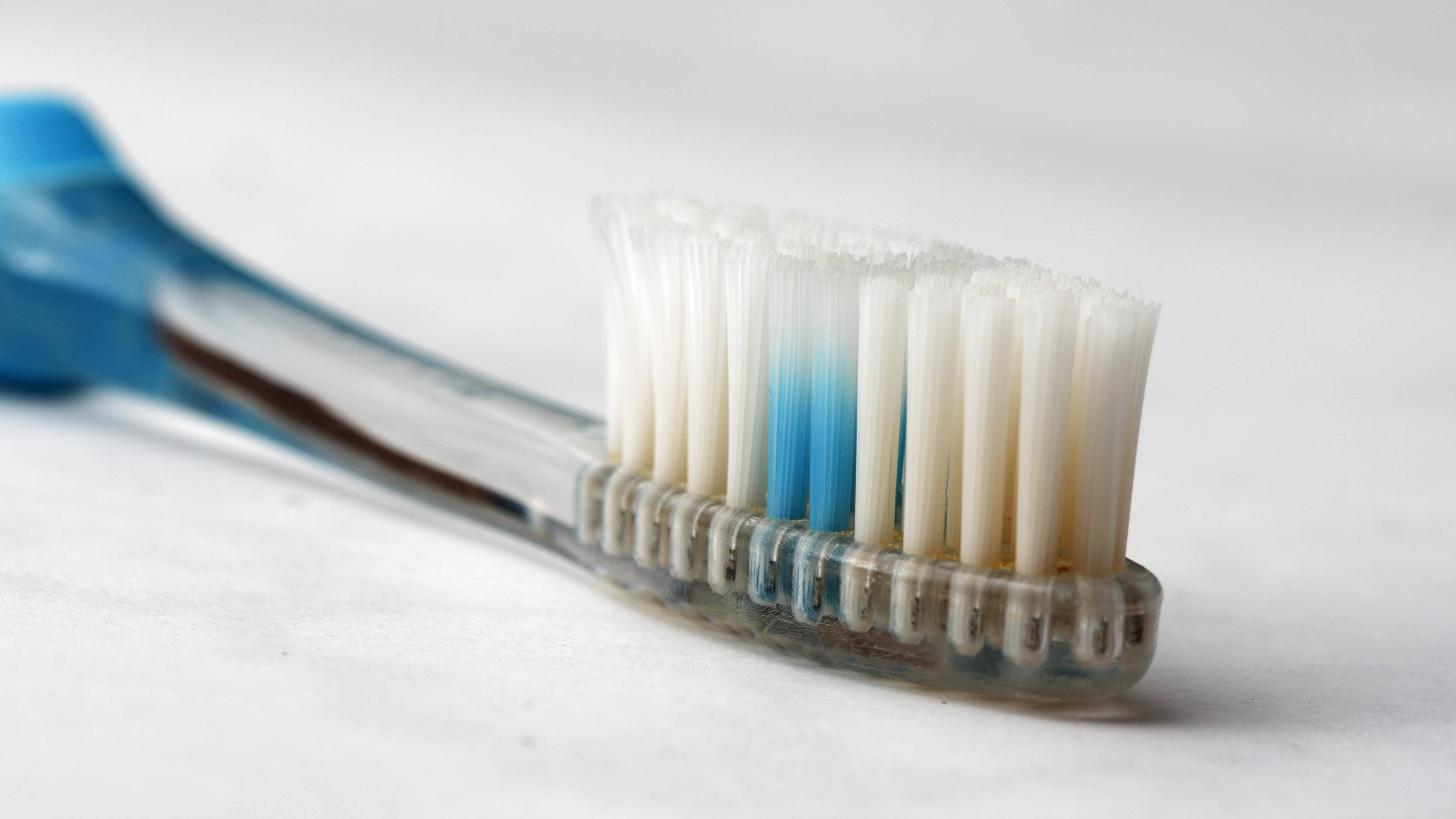
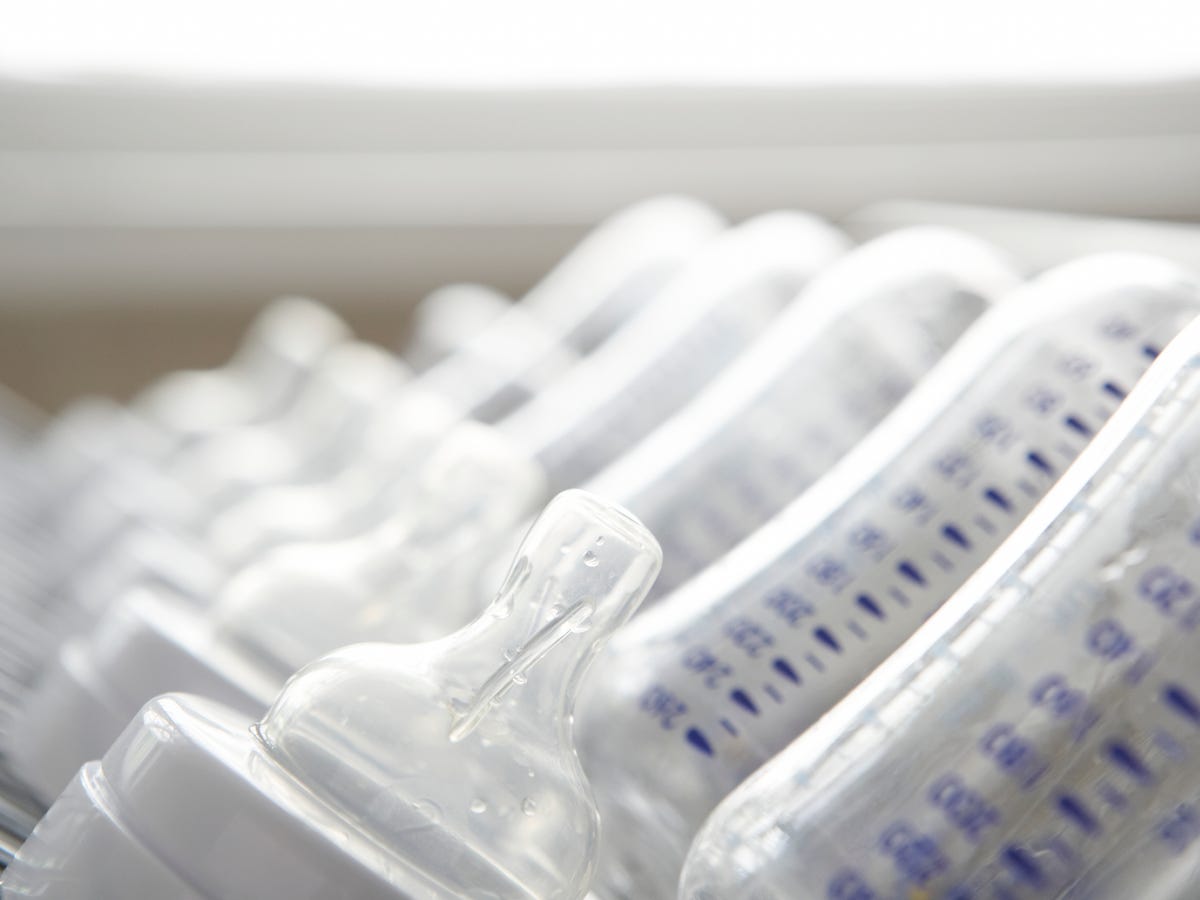
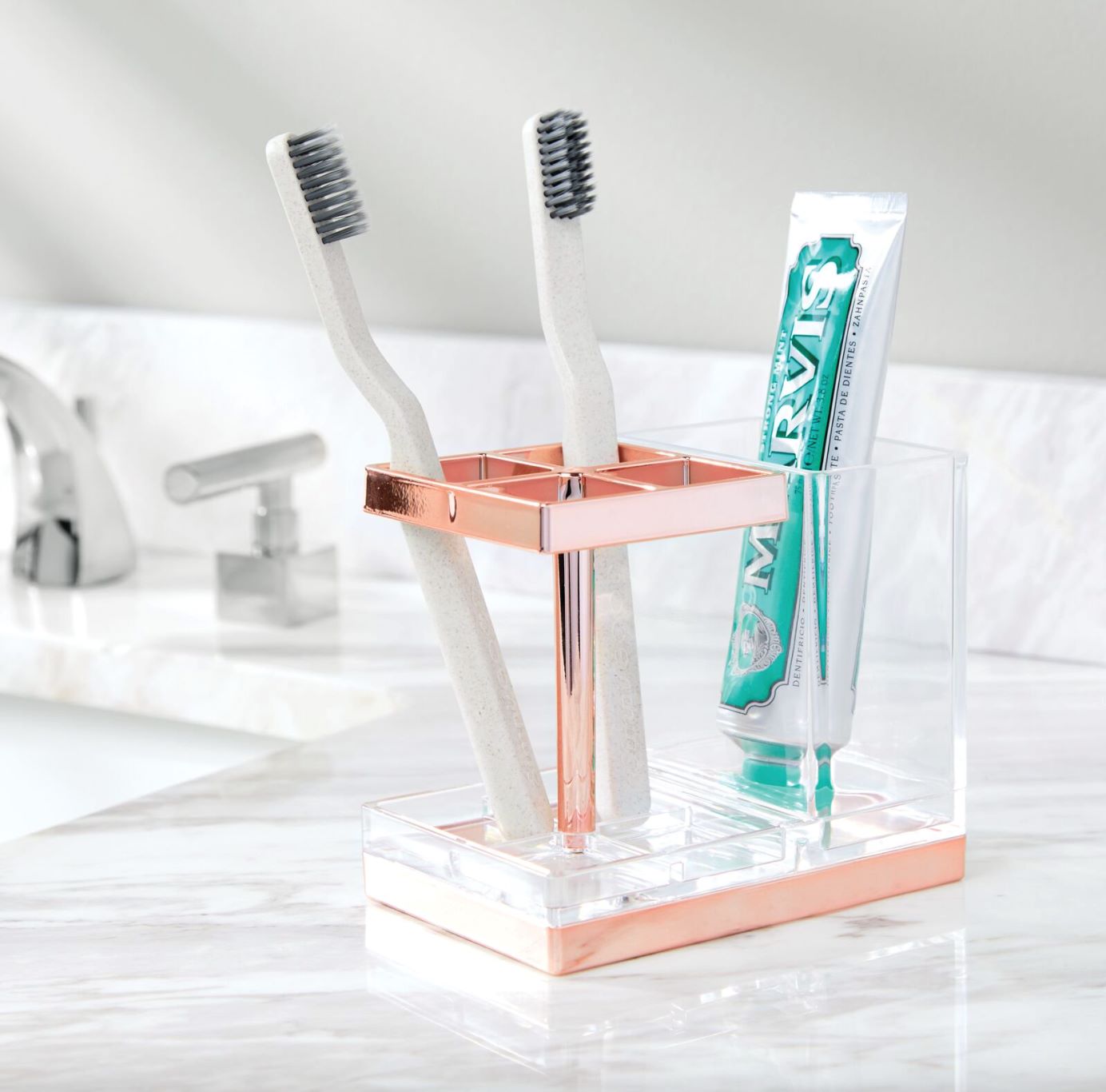
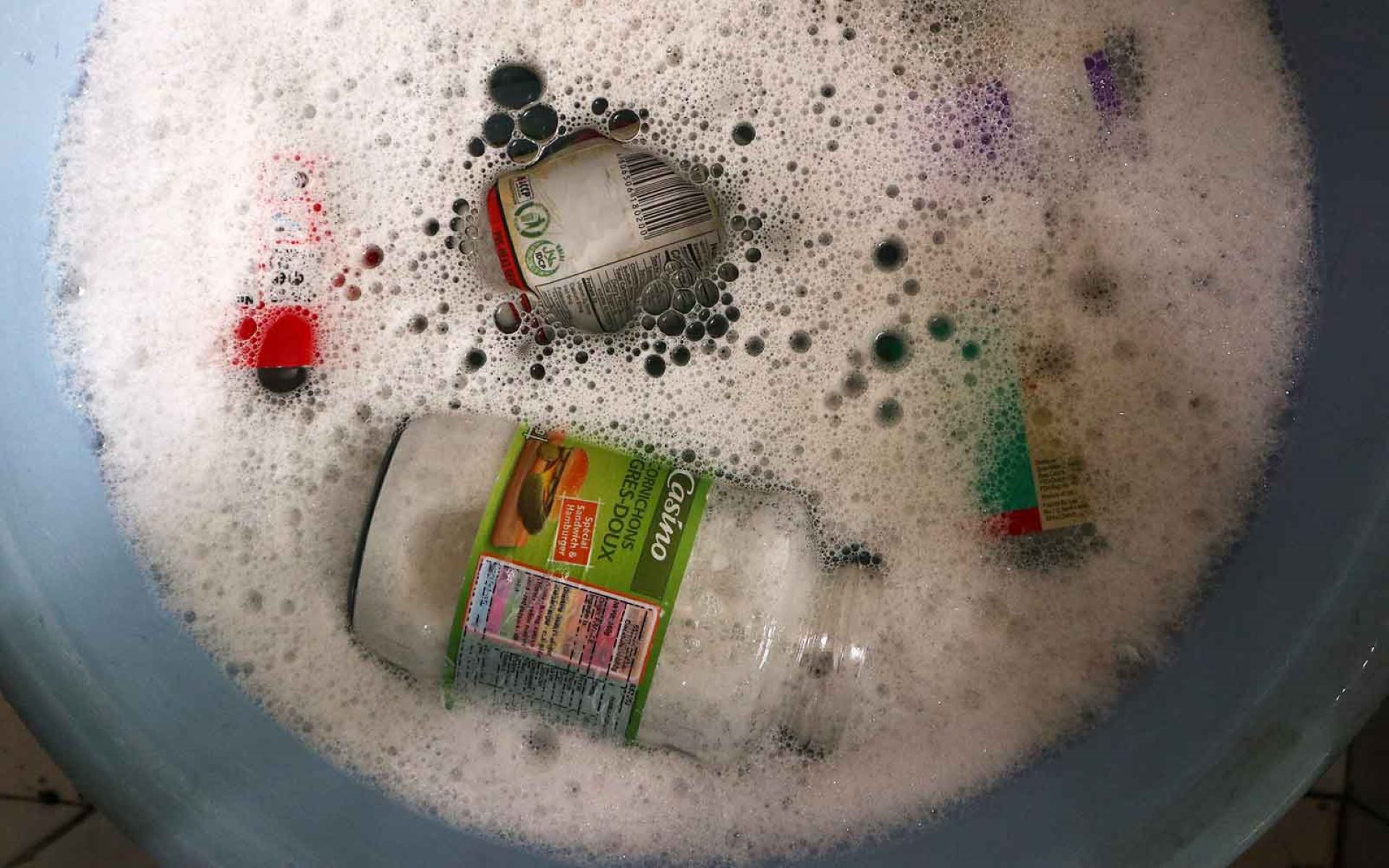
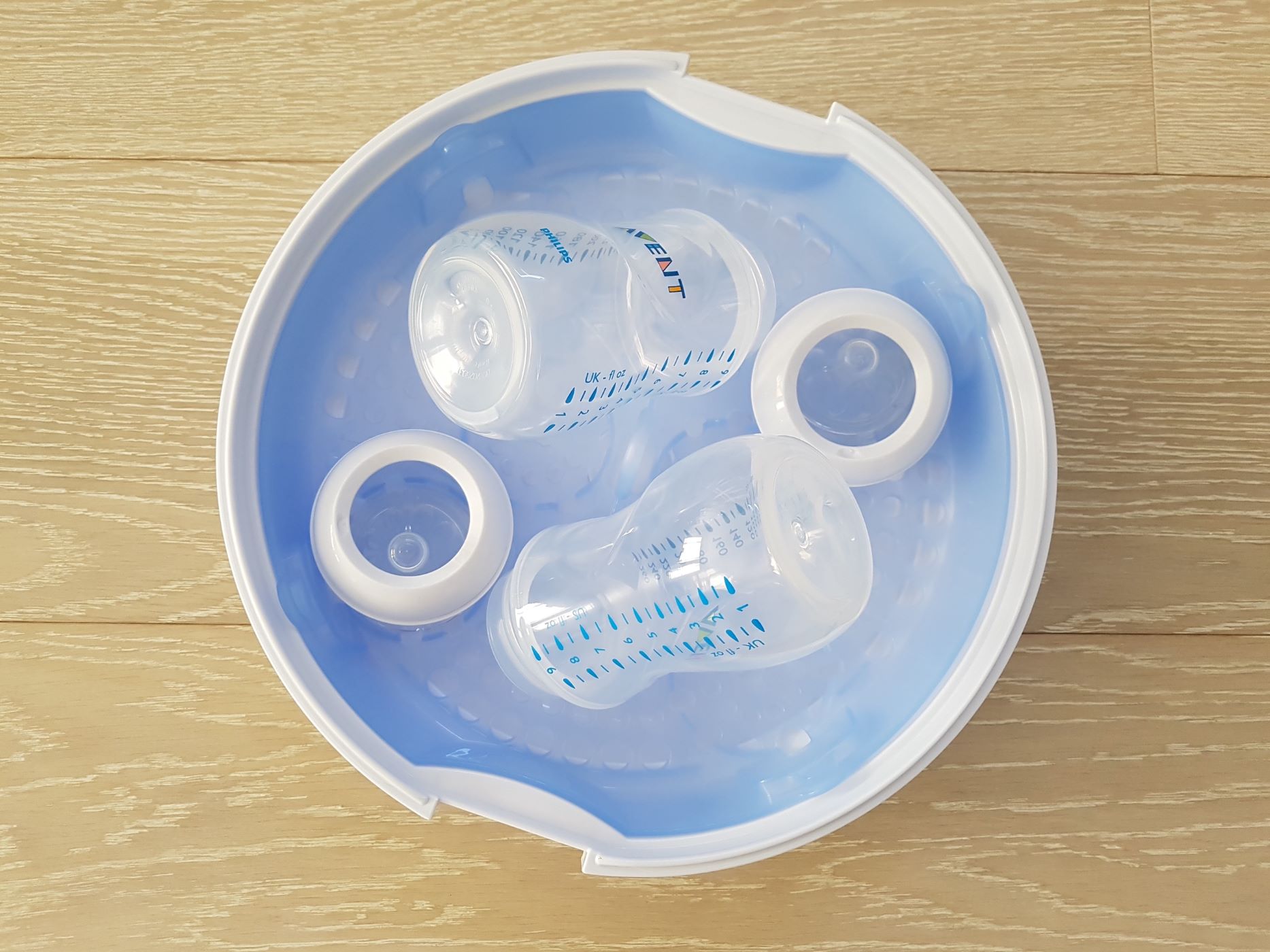
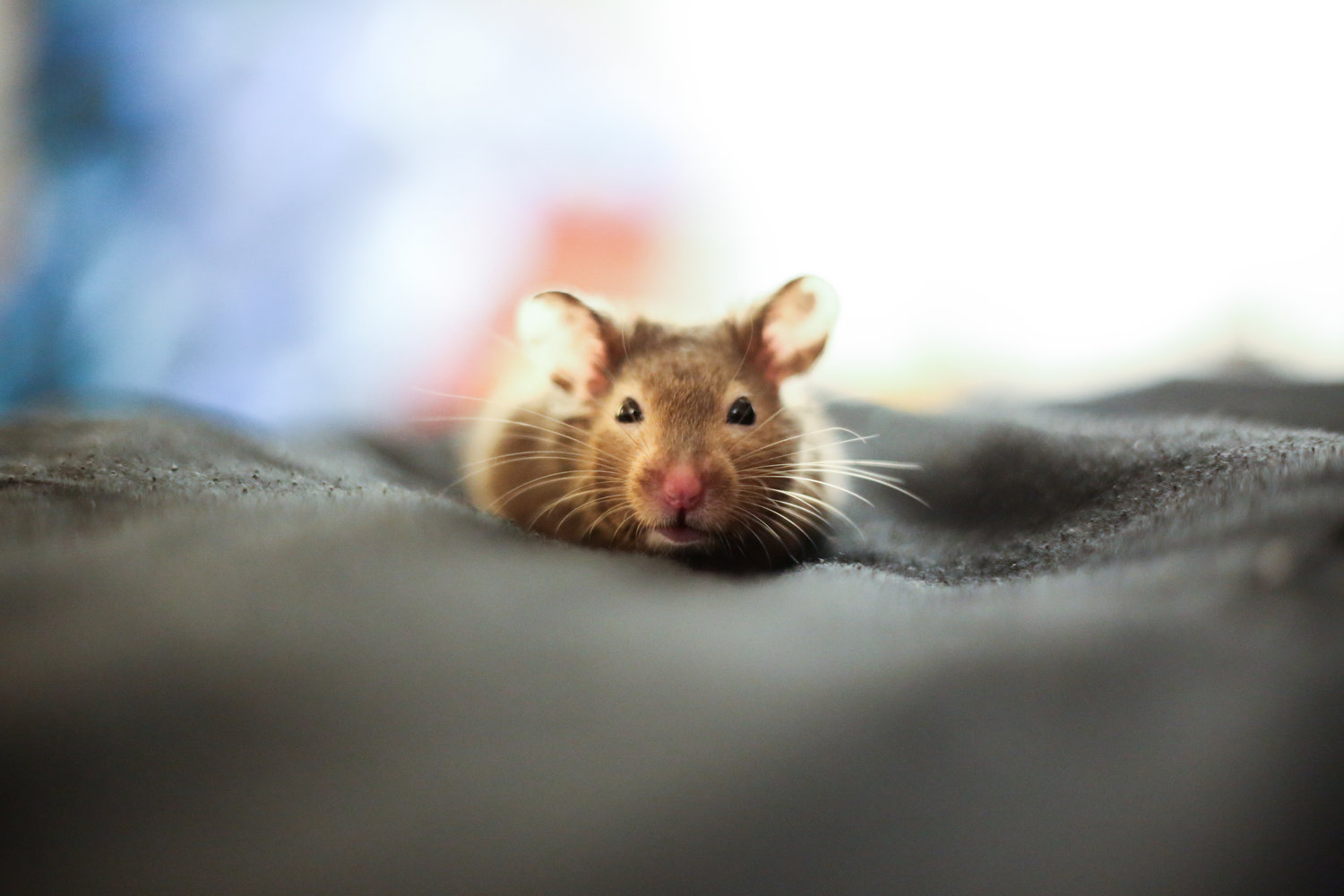
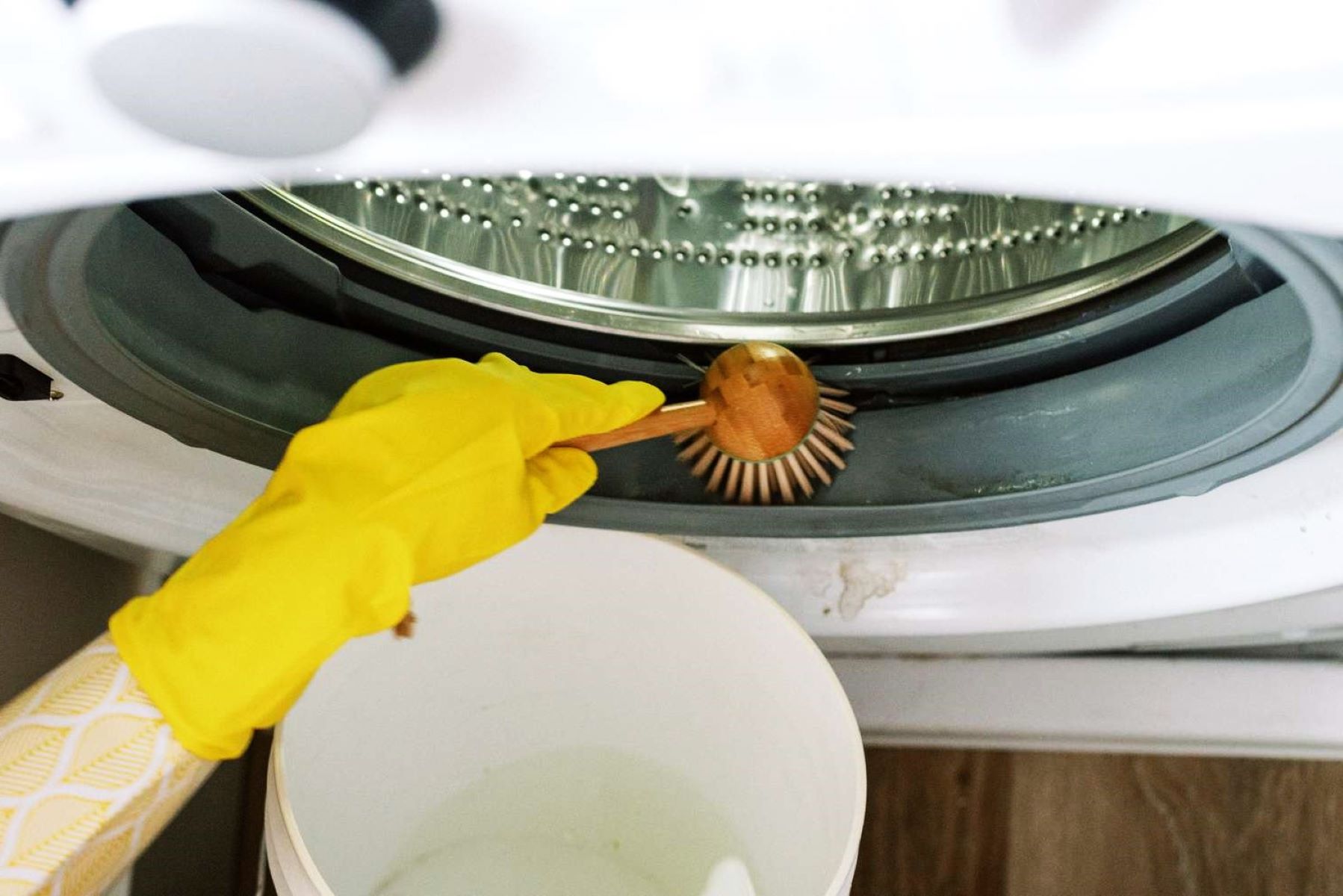
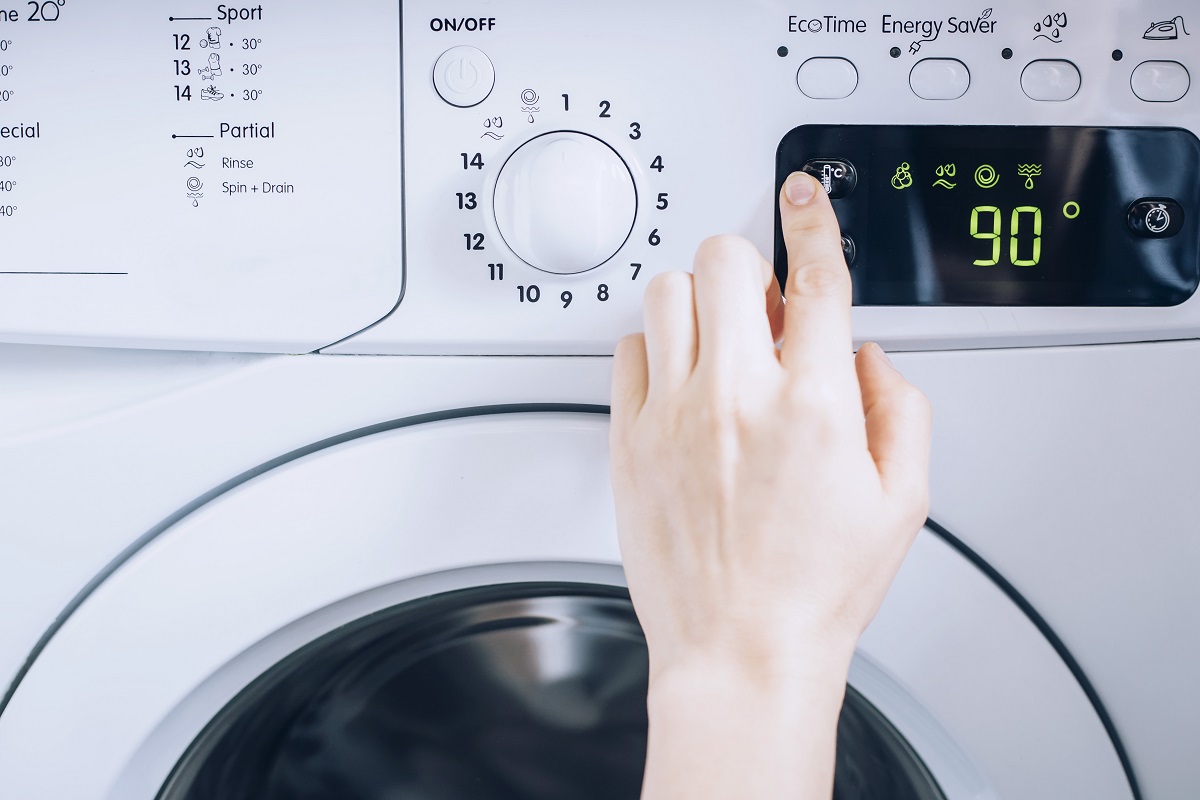
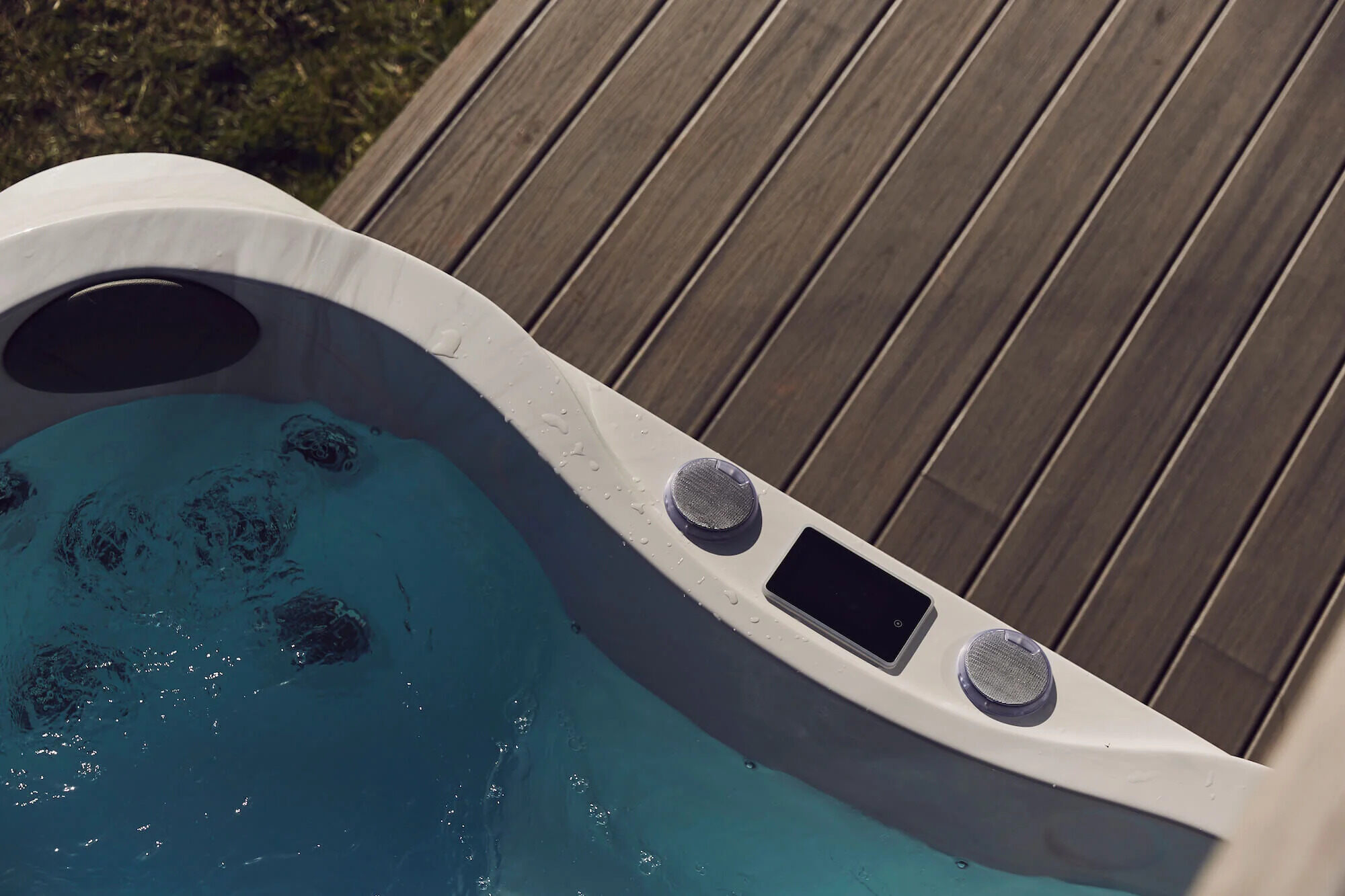

0 thoughts on “How To Sanitize Pillows”